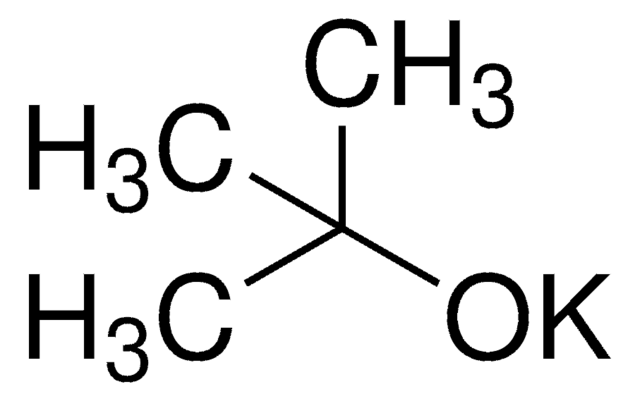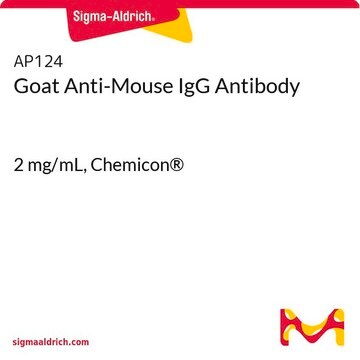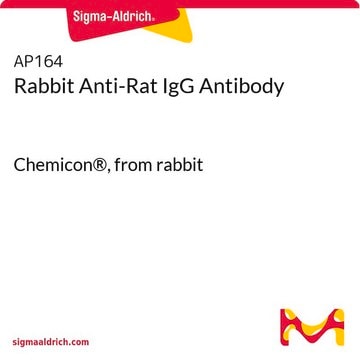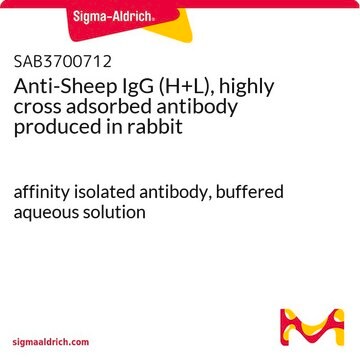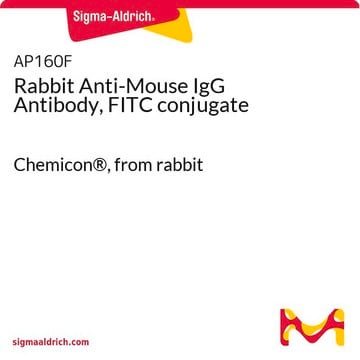AP136C
Goat Anti-Rat IgG Antibody, Cy3 conjugate
Chemicon®, from goat
Sign Into View Organizational & Contract Pricing
All Photos(1)
About This Item
UNSPSC Code:
12352203
eCl@ss:
32160702
NACRES:
NA.46
Recommended Products
biological source
goat
Quality Level
conjugate
CY3 conjugate
antibody form
F(ab′)2 fragment of affinity isolated antibody
antibody product type
secondary antibodies
clone
polyclonal
species reactivity
rat
manufacturer/tradename
Chemicon®
technique(s)
immunofluorescence: suitable
shipped in
wet ice
target post-translational modification
unmodified
Related Categories
Application
Goat anti-Rat IgG Antibody, Cy3 conjugate detects level of Rat IgG & has been published & validated for use in IF.
Research Category
Secondary & Control Antibodies
Secondary & Control Antibodies
Research Sub Category
Whole Immunoglobulin Secondary Antibodies
Whole Immunoglobulin Secondary Antibodies
Legal Information
CHEMICON is a registered trademark of Merck KGaA, Darmstadt, Germany
Disclaimer
Unless otherwise stated in our catalog or other company documentation accompanying the product(s), our products are intended for research use only and are not to be used for any other purpose, which includes but is not limited to, unauthorized commercial uses, in vitro diagnostic uses, ex vivo or in vivo therapeutic uses or any type of consumption or application to humans or animals.
Not finding the right product?
Try our Product Selector Tool.
Signal Word
Warning
Hazard Statements
Precautionary Statements
Hazard Classifications
Aquatic Chronic 3 - Eye Irrit. 2 - Skin Irrit. 2
Storage Class Code
11 - Combustible Solids
WGK
WGK 3
Certificates of Analysis (COA)
Search for Certificates of Analysis (COA) by entering the products Lot/Batch Number. Lot and Batch Numbers can be found on a product’s label following the words ‘Lot’ or ‘Batch’.
Already Own This Product?
Find documentation for the products that you have recently purchased in the Document Library.
SOX2 targets fibronectin 1 to promote cell migration and invasion in ovarian cancer: new molecular leads for therapeutic intervention.
Lou, X; Han, X; Jin, C; Tian, W; Yu, W; Ding, D; Cheng, L; Huang, B; Jiang, H; Lin, B
Omics : A Journal of Integrative Biology null
Swati Mishra et al.
Scientific reports, 12(1), 19127-19127 (2022-11-10)
Type 1 diabetes (T1D) occurs as a consequence of the autoimmune destruction of insulin-producing pancreatic beta (β) cells and commonly presents with insulin deficiency and unregulated glycemic control. Despite improvements in the medical management of T1D, life-threatening complications are still common.
Arlette A Haidar-Montes et al.
Animals : an open access journal from MDPI, 14(15) (2024-08-10)
Adipose-derived stem cells (ADSCs) hold promise for tendon repair, even if their tenogenic plasticity and underlying mechanisms remain only partially understood, particularly in cells derived from the ovine animal model. This study aimed to characterize oADSCs during in vitro expansion
Mostafa A Aboouf et al.
Scientific reports, 13(1), 7530-7530 (2023-05-10)
Myoglobin (MB) is expressed in different cancer types and may act as a tumor suppressor in breast cancer. The mechanisms by which basal MB expression level impacts murine mammary tumorigenesis are unclear. We investigated how MB expression in breast cancer
Jianying Zhang et al.
Cell and tissue research, 384(2), 367-387 (2021-01-27)
This study aimed to characterize porcine Achilles tendon (PAT) in terms of its structural components, vascularity, and resident tendon cells. We found that PAT is composed of a paratenon sheath, a core of fascicles, and an endotenon/interfascicular matrix (IFM) that
Our team of scientists has experience in all areas of research including Life Science, Material Science, Chemical Synthesis, Chromatography, Analytical and many others.
Contact Technical Service